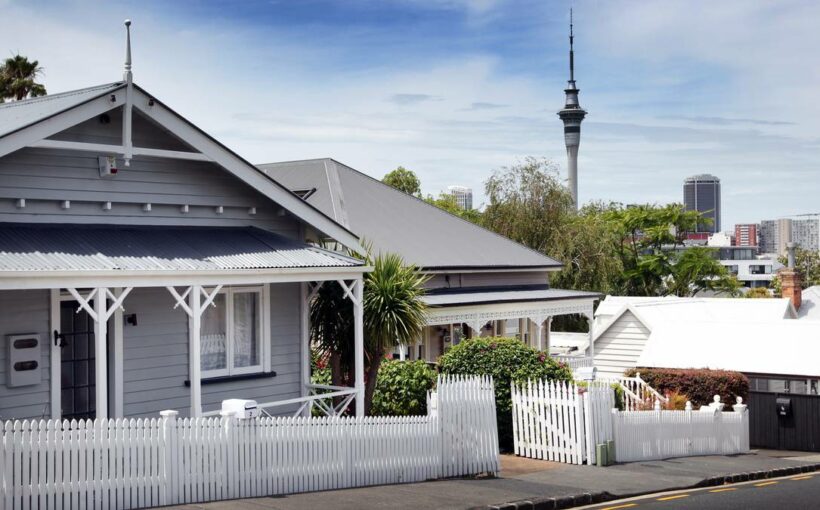The recent surge in house prices is expected to come to an abrupt halt as the Reserve Bank signals it expects a series of interest rate increases from the middle of next year.
Although he said low mortgage rates were likely to continue to encourage buyers for some time yet,governor Adrian Orr warned borrowers to consider how higher might feel, with the expected path higher over the next few years.
“Be wary around your ability to service a mortgage.”
While the central bank’s projections show the official cash rate (OCR)is expected to remain at the record low of 0.25 per cent for another year, it then projects a series of increases from the middle of next year, possibly adding 150 basis points over the next two years.
The path for the OCR, which has a significant impact on business and consumer borrowing rates, was significantly steeper than most economists had been expecting.
Rising mortgage costs, along with a series of measures by the Government to discourage housing investors and increase supply, are now expected to see the housing market cool almost immediately, governor Adrian Orr said.
Having risen by close to 30 per cent over the previous 12 months, the Reserve Bank sees house price increases falling to zero for ayear starting in June, before resuming a gradual increase.
The figures are remarkably close to those published in last week’s Budget. Treasury forecast that house price inflation would fall to below 1 per cent later this year and remain below 3 per cent over the next few years, in large part due to tax changes on the tax deductibility of loans for investors which have not been finalised by the Government.
“House price growth slows significantly and soon,” Orr said of the Reserve Bank’s forecasts, with tax changes, lower population growth and increasing housing construction contributing.
“Most of the factors that are driving house prices are either waning or disappearing, having downward pressure on what we would call sustainable house prices,” Orr said.
At the start of April, the Reserve Bank reimposed loan to value ratio (LVR) restrictions, which limit the amount of lending that can be done to both owner-occupiers and investors with relatively small deposits.
Orr said lending statistics for April, released on Wednesday, showed the restrictions were “starting to bite” already.
The figures showed residential mortgage lending fell by about $2 billion in March to just under $8.5b.
“When you are considering buying, don’t get excited by the current mortgage rate, think about what mortgage rates might look like, on average, through time, and how does that feel as a buyer or investor in housing?”
Deputy governor Geoff Bascand told Newstalk ZB that the central forecast was of a period of subdued growth, but it was possible prices could fall.
“We’ve always said to house buyers, don’t always think these things only go one way,” Bascand said.
“There’s always a chance if they go rapidly up, they could adjust downwards.”
The Reserve Bank’s forecast for interest rates came as it acknowledged it was becoming more confident about the future path for the economy, after extreme uncertainty in 2020 due to the spread of Covid-19.
While its forecasts show inflation rising above 2 per cent this year – a move which might be expected to prompt more immediate interest rate increases – the Reserve Bank believes the drivers are in large part one-off pressures which will abate.
Bascand said the main factor was the recent price of oil, which pushed petrol prices higher, while shipping costs had also jumped.
“There’s been a whole lot of constraints. All those border restrictions, all of the world’s been a bit frozen in the post-pandemic world, and we think things will ease up and you’ll get a bit more supply through in due course.”
The New Zealand dollar jumped more than half a cent against the US dollar on the announcement, as the Reserve Bank “unequivocally moved to a tightening bias,” BNZ head of research Stephen Toplis said.
Although the forecasts implied interest rates would stay at the current level for another year, “we still think the balance of risk is that conditions will prove even tighter than the Reserve bank has suggested,” Toplis said.
Source: Read Full Article

/cloudfront-ap-southeast-2.images.arcpublishing.com/nzme/VMPYEO6DN23QQTDKLQJK25KZTE.jpg)